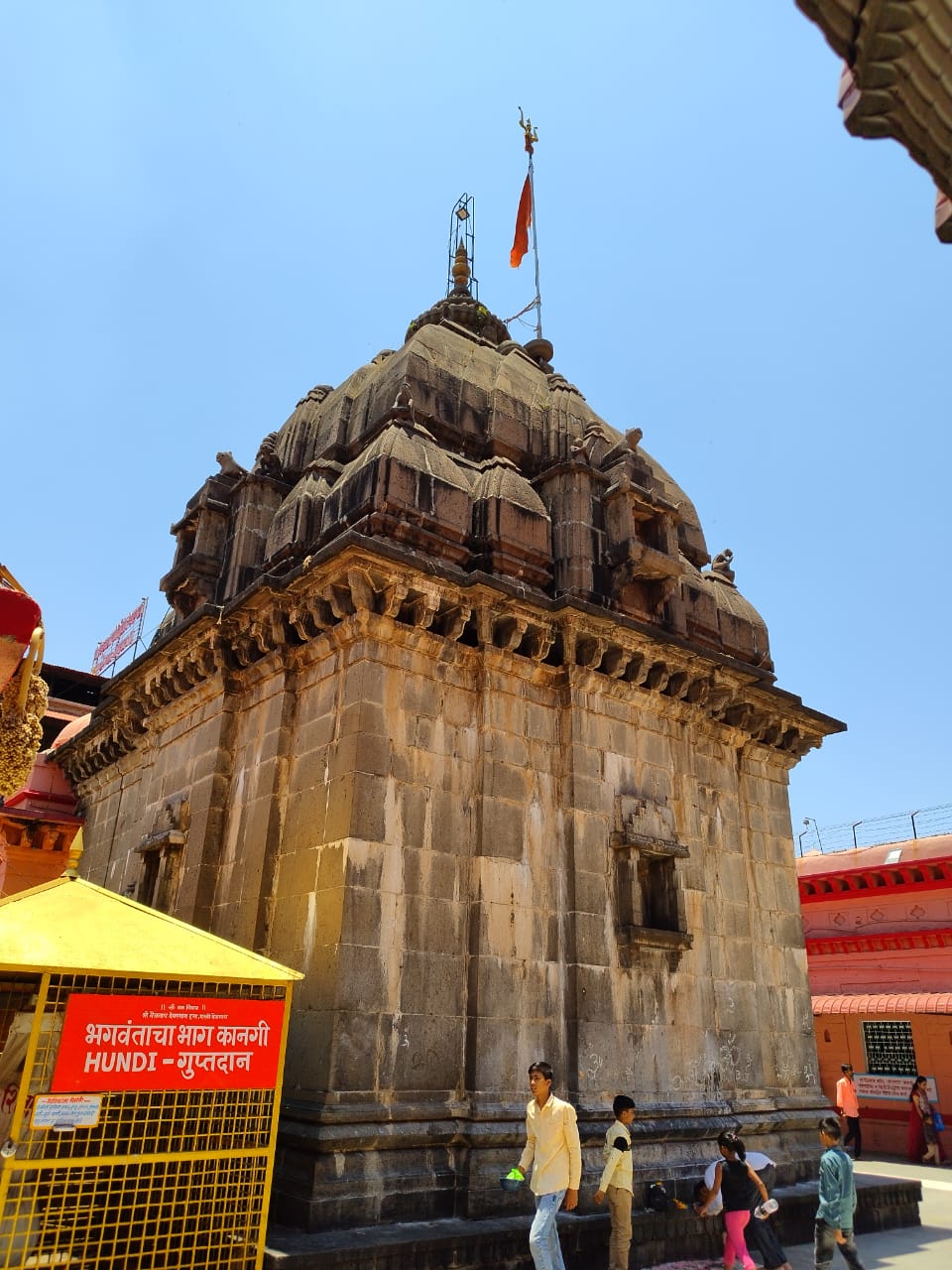About Parli Vaijnath

Overview Of Parli Vaijnath Temple
Parli Vaijnath Temple, also known as Shri Vaidyanatha Temple, is an ancient Shiva temple in Maharashtra’s Beed district. The temple is estimated to be 3000 years old. Vaijanath Temple is built of stone on a small hill and is surrounded on all sides by a wall. Two well-known legends are associated with this temple.
The Vaijnath Temple Linga is also known as Dhanavantari and Amriteshwari. The Linga, which has a very smooth surface, is made from the Saligram stone. On the hill, a temple was constructed out of stones. The temple stands 75-80 feet above ground. In Maharastra, this temple is known as a jyotirling temple.
Story Related to Parli Vaijnath Temple
Samudra Manthan The ocean of milk churned, revealing 14 gems, including Vish and Amrita. The sea was churned by the gods and devils in search of the divine elixir, and fourteen gems emerged. Among them are Dhanavantari and Amrit. As the devils were about to attack the nectar, Lord Vishnu grabbed Dhanvanti and hid her in the Shivalingam.
The infuriated monsters tried to break the Lingam, but when they touched it, it shone brightly. The devils panicked and fled. The settlement was renamed Vyjayanthi, and the temple was renamed Parli Vaijnath, because this is where the gods successfully received the nectar.
History of Parli Vaijnath Temple

According to legend, the Parli Vaijnath Temple was built in the 1700s. It was renovated by Rani Ahilyabai Holkar, the Queen of the Maratha Malwa Kingdom at the time. Two well-known legends are associated with this temple. In one legend, the Amrit is mentioned, and in another, Ravana, the demon king, is mentioned.
This temple is believed to be more than 2,000 years old. During Samudra Manthan’s reign, 14 gems, including poison and nectar, appeared, according to legend. The process of churning the ocean in search of divine nectar or god and demon nectar produced fourteen diamonds. Dhanwantri and Amrit were among those in attendance.
Architecture Of Temple

The temple is constructed of stones on a hill. The temple is approximately 75-80 feet above ground level. The main entrance is on the east side, and the magnificent door is brass plated. The temple has corridors and a courtyard and is surrounded by four strong walls. The main gate of the temple, also known as “Mahadwar,” has a nearby Minaret known as a Prachi or Gawaksha, i.e., window. The temple is accessible via a wide staircase. In 1706 Shiva devotee Ahalyadevi Holkar renovated the temple.
